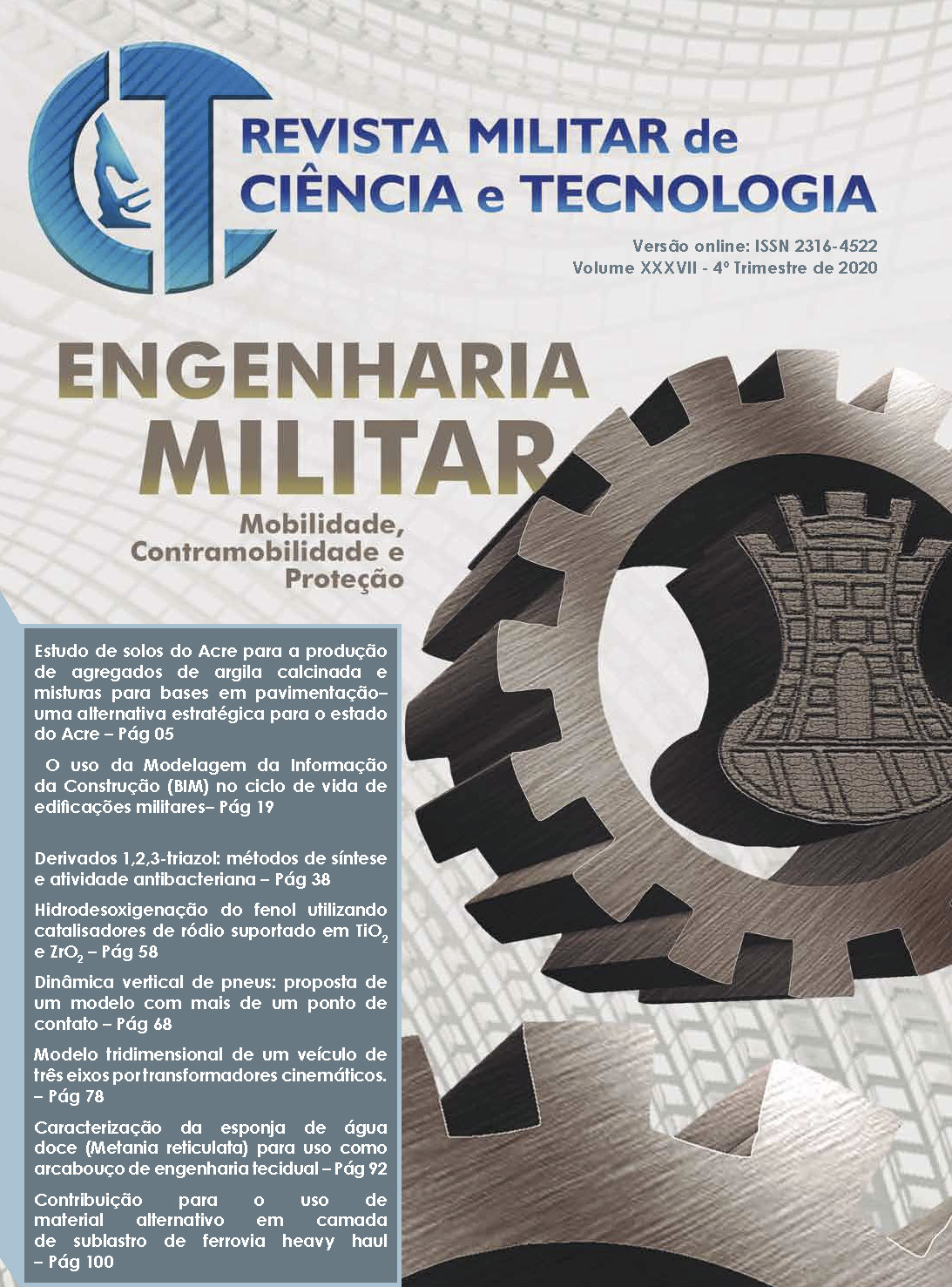Derivados 1,2,3-triazol métodos de síntese e atividade antibacteriana
Main Article Content
Abstract
The administration of antimicrobials in cases of infectious diseases is inevitable, but their excessive and indiscriminate use has been influencing bacterial resistance. This health scenario constitutes an extensive threat to the sick population and in need of therapeutic treatment, which makes it necessary for the scientific community to engage in research and development of new prototypes with potential pharmacological properties. The 1,2,3-triazole heterocycle constitutes a nucleus that can be found in the structure of different bioactive compounds. Although there are different synthesis procedures for obtaining these derivatives, the most usual method is 1,3-dipolar cycloaddition of azides to alkynes, employing the use of copper as a reaction catalyst. This review presents the main synthesis strategies for obtaining 1,2,3-triazole derivatives, as well as results associated with their antibacterial property.
Downloads
Article Details
A Revista Militar de Ciência e Tecnologia está licenciada:
A partir de 2022 sob as condições do Creative Commons (CC BY 4.0)
Até 2021 sob as condições do Creative Commons (CC BY-NC-SA 4.0)
Copyright: Os autores são os detentores do Copyright, sem restrições, de seus artigos.
As licenças estão informadas na página de acesso do artigo e são detalhadas a seguir:
Sob a licença CC-BY 4.0, você tem o direito de:
Compartilhar — copiar e redistribuir o material em qualquer suporte ou formato
Adaptar — remixar, transformar, e criar a partir do material para qualquer fim, mesmo que comercial.
De acordo com os termos seguintes:
Atribuição — Você deve dar o crédito apropriado, prover um link para a licença e indicar se mudanças foram feitas. Você deve fazê-lo em qualquer circunstância razoável, mas de nenhuma maneira que sugira que o licenciante apoia você ou o seu uso.
Sob a licença CC-BY-NC 4.0, você tem o direito de:
Compartilhar — copiar e redistribuir o material em qualquer suporte ou formato
Adaptar — remixar, transformar, e criar a partir do material
De acordo com os termos seguintes:
Atribuição — Você deve dar o crédito apropriado, prover um link para a licença e indicar se mudanças foram feitas. Você deve fazê-lo em qualquer circunstância razoável, mas de nenhuma maneira que sugira que o licenciante apoia você ou o seu uso.
Não Comercial — Você não pode usar o material para fins comerciais.
CompartilhaIgual — Se você remixar, transformar, ou criar a partir do material, tem de distribuir as suas contribuições sob a mesma licença que o original.
Sem restrições adicionais — Você não pode aplicar termos jurídicos ou medidas de caráter tecnológico que restrinjam legalmente outros de fazerem algo que a licença permita.
Aviso
Para qualquer reutilização ou distribuição, você deve deixar claro a terceiros os termos da licença a que se encontra submetida esta obra.

